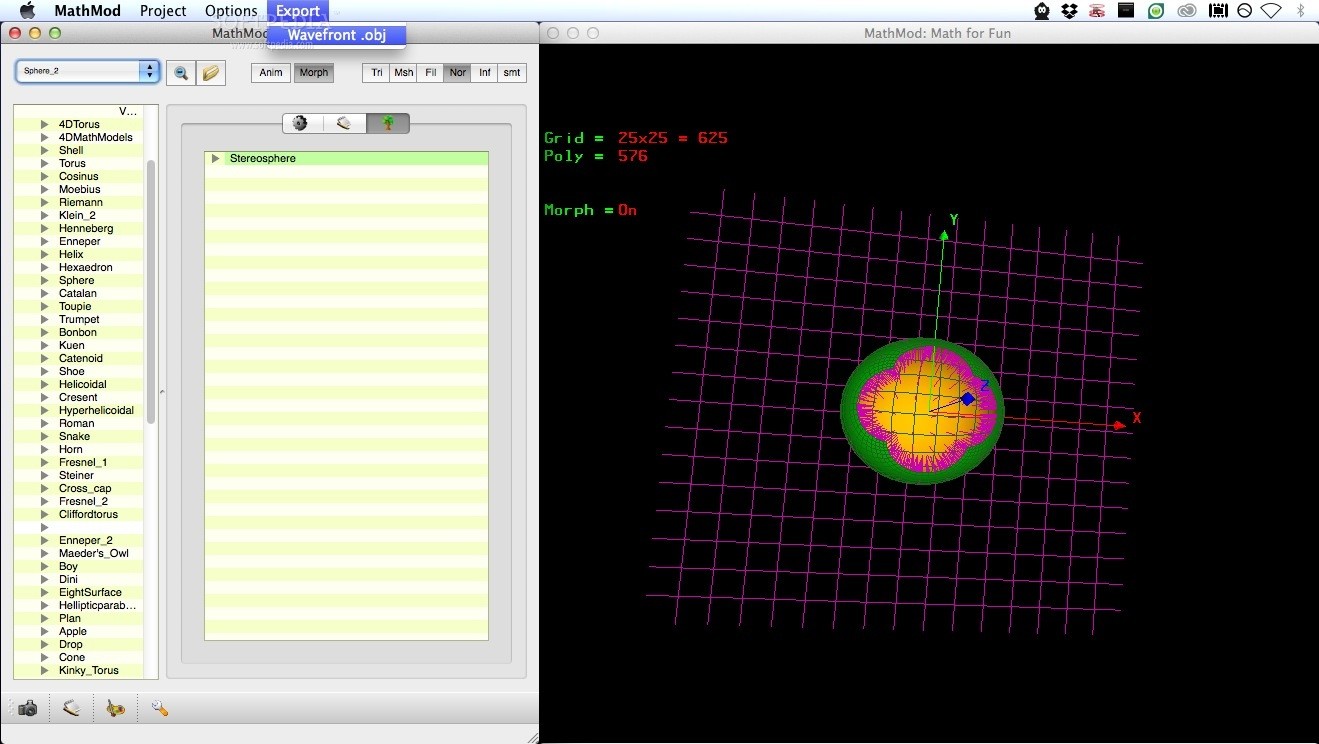
This will bring up a finder window, where you can navigate to your downloaded Kali Linux.iso disk image.

Open the Disk utility tool, and select the correct USB device (in my case SanDisk Cruzer….)
#Gparted live usb mac os x mac osx
We will use the MAC OSX native disk utility tool for this. First we need to prepare the USB stick.Download the latest build of Kali Linux (I use the amd64 version) and keep the.Download the free software “ Mac Linux USB Loader” from here.A USB stick with minimum of 8GB storage (I’m using a 16GB scan disk USB3.0 thumb drive).There’s a few things you will need in order to get started. The process was done using my Macbook Pro mid 2014 model, running OSX El Capitan. Below are my instructions on how I set up this live USB with persistence, it’s produced reliable results and hopefully it will do for you to. I ended up with a strange occurrence when rebooting that I had to select the windows partition for boot rather than the mac EFI.

I tried many methods of getting things working, even following the instructions on the Kali Linux website didn’t work exactly.
#Gparted live usb mac os x drivers
One primary reason for wanting to maintain persistence is that there is quite a bit of setup involved to get all the drivers working, and I didn’t want to have to go through all of that each time I booted into Linux. As a Macbook Pro user (mid 2014 model) I wanted to be able to use Kali Linux on my Macbook in a USB liveboot mode, with persistence. Although things have gotten easier with some new tools. Getting Kali Linux, or any other Linux distribution, up and running on your Mac can sometimes be problematic.


 0 kommentar(er)
0 kommentar(er)
